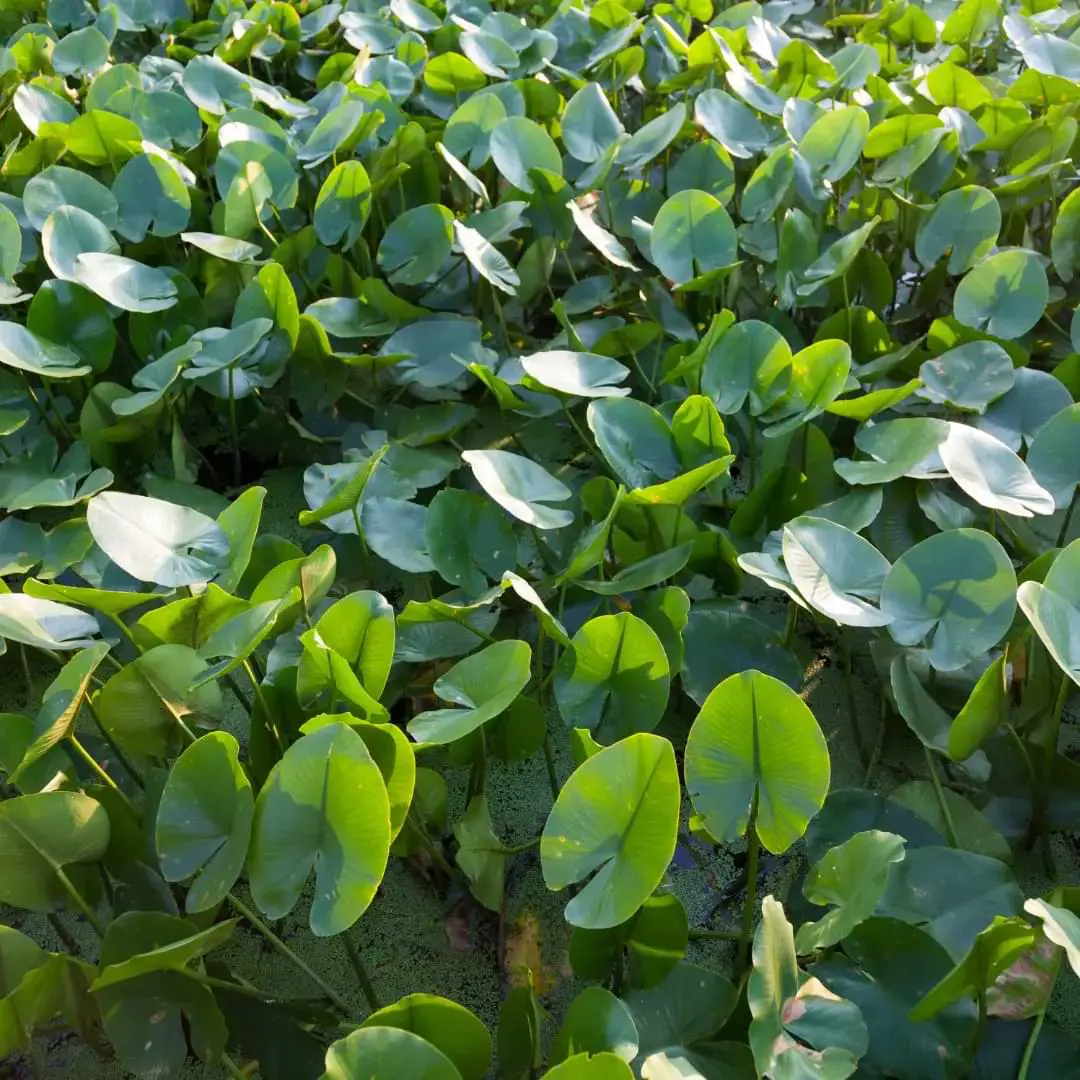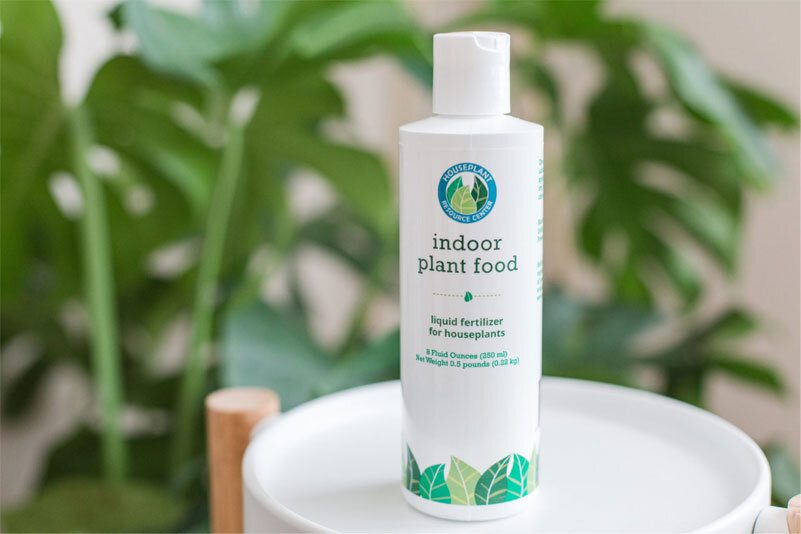Can you grow Arrowhead plants in water? Imagine having lush, thriving arrowhead plants effortlessly sprouting from beautiful glass vases or decorative containers filled with water -not soil- in your home. But is it really possible? Join us as we uncover the benefits, drawbacks, and secrets behind this intriguing method.
Table of Contents
Is It Possible to Grow Arrowhead Plants in Water?
Growing Arrowhead plants in water is not only possible but also comes with its own set of benefits and drawbacks. Let’s start with the advantages. One major perk is that you eliminate the need for soil altogether, making it a clean and (almost) mess-free gardening option. This can be particularly appealing to those who have limited space or simply prefer a more minimalist aesthetic.
Another benefit of growing Arrowhead plants in water is that it allows for better control over moisture levels. It may sound strange, but it is true! The main culprit behind rotting roots is not actually too much water-it’s a lack of oxygen. So long as you take the proper steps to care for your roots while growing them in just water, your plant will thrive!
Now, there are some drawbacks worth considering when deciding to grow Arrowhead plants solely in water long term. Without soil, there may be a lack of essential nutrients required for optimum growth. To overcome this limitation, regular nutrient supplementation becomes crucial through specially formulated fertilizer solutions designed for hydroponic systems.
Additionally, certain pests may thrive in standing water environments if not properly managed or monitored. Regularly refreshing the water supply by replacing old with fresh will help prevent stagnant conditions that attract these unwanted visitors.

Taking Arrowhead Cuttings To Grow in Water
One of the easiest and most effective ways to propagate arrowhead plants is by taking stem cuttings and growing them in water. This method allows you to quickly expand your plant collection without much effort.
Selecting the cuttings
Choose healthy stems that are free from any signs of disease or damage. Look for strong, vibrant leaves and avoid selecting cuttings with yellowing or wilting foliage.
When selecting the cuttings, it’s also important to consider their length. Aim for stem sections that are at least 4-6 inches long, as shorter pieces may not have enough energy stored to successfully root in water.
Additionally, consider the overall health and vigor of the parent plant before taking its cuttings. Plants that are thriving and well-nourished tend to produce better quality cuttings that stand a greater chance of rooting successfully in water.
Taking the cuttings
Once you’ve identified what part of the plant you want to use in your propagation, carefully snip off a section of that stem using clean gardening shears or scissors, cutting just below a growth node. Aim for a cutting that is around 4-6 inches long, making sure it has at least two nodes (where leaves attach) along its length.
Once you have your cutting, remove any lower leaves near the base of the stem. This will prevent them from rotting when placed in water. You can dip the cut end of the stem in rooting hormone if you choose to, but this is not a required step.
Placing the cuttings in water
Once you have your cuttings, place them in a container filled with clean water. Make sure that at least one or two nodes are submerged under the water level to encourage root development. Then, find a suitable location for your cuttings.
Choosing the right location
Choosing the right location for your arrowhead plant is crucial to its overall growth and health. While these plants can thrive in various lighting conditions, they do best in bright, indirect light. Avoid placing them in direct sunlight as it can scorch their leaves.
When considering the location, take into account the temperature, humidity levels, and air circulation in the space. Arrowhead plants prefer temperatures between 60-75 degrees Fahrenheit (15-24 degrees Celsius) and high humidity. They may struggle in dry environments or areas with fluctuating temperatures.
From here, all you have to do is monitor the water level regularly, ensuring it covers the submerged nodes adequately. Replace the water every 2-3 days to prevent any diseases or rotting, and you should start to see tiny roots emerging from the submerged nodes within a few weeks. Once these roots become well-established, you can transfer your arrowhead plant into soil if desired or continue growing it in water indefinitely!
Growing Arrowhead Plants in Water Successfully
We talked a little bit about the pros and cons to growing your plant in water as opposed to soil, so let’s dig a little deeper into the topic! To successfully grow arrowhead plants in water, there are a few key factors to consider.
Use the Right Type of Water
First and foremost, it’s important to use the right type of water. Tap water can contain chemicals like chlorine that may harm the roots, so it’s best to use filtered or distilled water. Filtered water removes impurities that can potentially harm your plant, while distilled water is completely free from any contaminants. Both options provide a clean and safe environment for your Arrowhead plant.
Avoid using hard water as well, as it contains high levels of minerals such as calcium and magnesium. These minerals can build up over time and cause problems for your plant’s roots.
Refresh Water Regularly
One important aspect of growing Arrowhead plants in water is to regularly refresh the water. This ensures that the plant has a constant supply of fresh, oxygenated water, which is vital for its growth and overall health.
To refresh the water, simply pour out the old water and replace it with clean, room temperature or slightly warm tap water. Ideally, you should refresh the water every week or two to prevent any build-up of algae or bacteria that could harm your Arrowhead plant. Additionally, changing the water regularly helps maintain nutrient levels and prevents stagnation.
When refreshing the water, also take this opportunity to inspect your plant for any signs of root rot or disease. If you notice any discoloration or mushy roots, trim them off before placing your Arrowhead back into fresh water.
Maintain Nutrient Supply
Maintaining the nutrient supply is crucial when growing Arrowhead plants in water. Just like any other plant, these beautiful houseplants need a steady source of nutrients to thrive and grow, and without soil, it will be more difficult for your plant to get the nutrients it needs. Here are some tips on how to ensure your Arrowhead plant gets the nourishment it needs.
Choose a good quality liquid fertilizer specially formulated for indoor plants. This will provide essential nutrients such as nitrogen, phosphorus, and potassium that are necessary for healthy growth. Dilute the fertilizer according to the instructions on the label and add it to the water according to the directions on the container.
In addition to regular fertilization, you can also supplement with organic matter. Adding compost or worm castings to the water provides natural nutrients that promote root development and overall plant health. Change this out with each water change to prevent bacterial growth.
Another way to maintain nutrient supply is by using aquarium water or fish emulsion. When cleaning your fish tank or pond, save some of the water and use it on your Arrowhead plants. The waste products from fish contain valuable nutrients that can benefit your plant’s growth.
Keep an eye out for signs of nutrient deficiency such as yellowing leaves or stunted growth. Adjusting your fertilization routine accordingly can help address any deficiencies and ensure that your Arrowhead plant remains vibrant and healthy.
Root Health Checks
Regularly monitoring the health of your arrowhead plant’s roots is crucial for successful water propagation. Keeping an eye on the condition of the roots will help you identify any issues early on and take appropriate action.
Inspect the color and texture of the roots regularly. Healthy roots should be white or light-colored, firm, and plump. If you notice any discoloration, mushiness, or foul odor, it may indicate root rot or other problems. In such cases, act promptly to prevent further damage.
Gently remove the plant from its water container and examine the roots carefully. Trim off any brown or unhealthy-looking parts using clean scissors or pruning shears. Be sure to sanitize your tools before and after use to avoid introducing pathogens that could harm your plant.
If necessary, consider changing the water more frequently to maintain cleanliness and prevent bacterial growth. You can also add a small amount of liquid fertilizer specifically formulated for houseplants every few weeks to encourage healthy root development.
By regularly checking your arrowhead plant’s root health during its time in water, you can ensure optimal conditions for growth and address any issues before they become severe.
More Houseplant Resources
Looking for more houseplant info? We highly recommend our super informative (and FREE!) Houseplants for Beginners Webinar. Check out our community of other plant lovers in our Facebook group. And if you’re looking for handy go-to reference for all your houseplant needs, check out The Last Houseplant Book You Will Ever Need!





